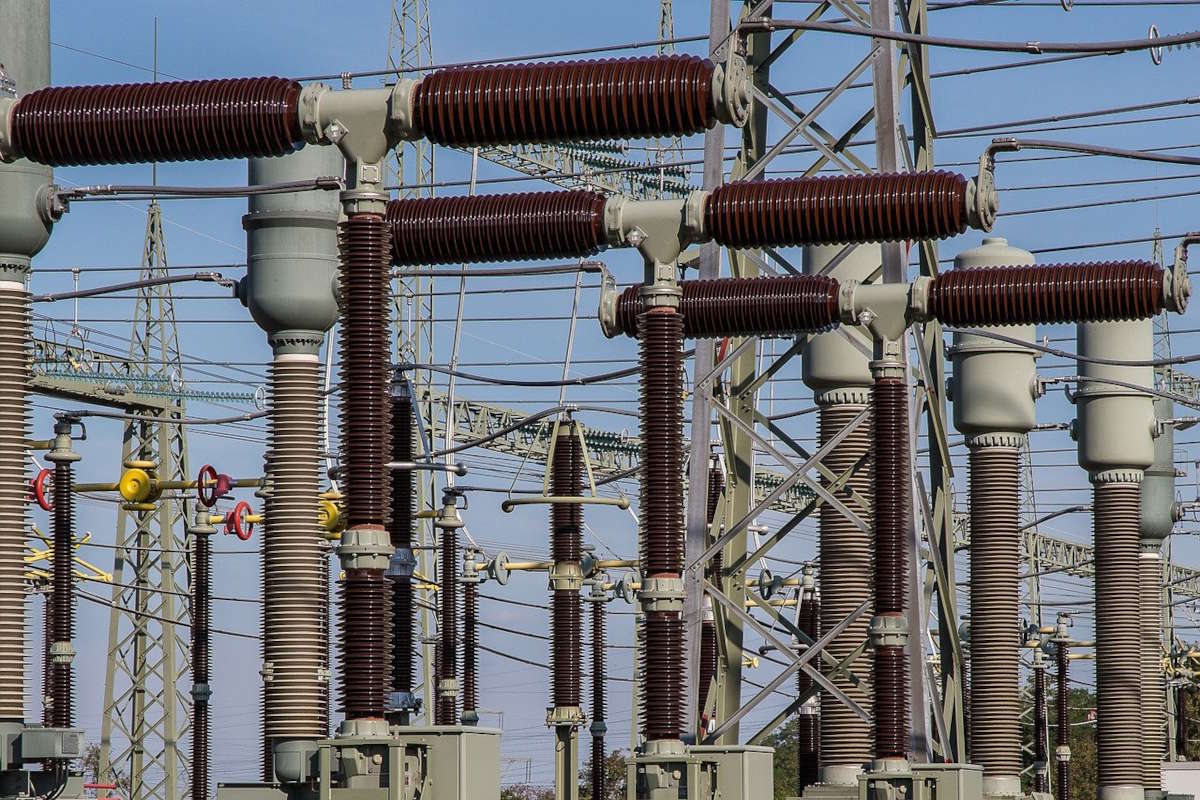Software platform empowers Utilities and supports Grid Services
New software can integrate millions of distributed power devices, such as batteries and solar panels, to help solve grid issues of today and prepare for challenges of tomorrow.
Our already complex power grid is getting even more intricate, thanks to distributed energy resources (DERs) — devices that generate power and store energy locally — such as solar panels, batteries, electric vehicles chargers, HVAC systems, smart water heaters and highly efficient heat exchangers.
With these devices growing in popularity, more technologies are interconnecting with the grid, placing new burdens on the system — and creating new opportunities.
DERs have enormous potential to help manage the critical balance between supply and demand on the grid while reducing customers’ electric bills and offering ways to earn money by providing grid services. However, to fully capitalize on their potential, technologies are needed to bring these resources together and create a way to access the grid and the markets that provide services to the grid.
Among those coming up with solutions are the scientists behind “Beyond DERMS,” a collaborative project between the U.S Department of Energy’s (DOE) Argonne National Laboratory and Packetized Energy, funded by DOE’s Office of Electricity.
Building on technology initially developed by Packetized Energy and collaborators at the University of Vermont, Argonne and Packetized Energy developed a software platform that could aggregate millions of DERs and use them to support a wide range of grid services. This aggregation of DERs takes place using communications in the “cloud” — meaning software and services that run over the internet.
The latest report on this project, “Beyond DERMS: Demonstration of Automated Grid Services, Mode Transition, and Resilience,” describes how the Beyond DERMS platform can aggregate DERs to reduce peak loads, support grid stability, respond to blackout events, and provide other key services.
“Project results clearly show the enormous potential for DERs to generate advanced grid balancing services that go beyond conventional demand response,” according to Paul Hines, former CEO of Packetized Energy and now vice president of Power Systems at EnergyHub.
“The platform goes well beyond the capabilities of existing distributed energy resource management systems, or DERMS, which are what we use today to manage groups of DERs. These systems are typically designed for very specific use cases, but the Beyond DERMS platform can support a wide range of real-time and adaptive grid services,” said Argonne Principal Distribution Engineer Ravindra Singh, who manages the Beyond DERMS project.
Peak load reduction, which refers to the process of reducing the load on the power grid during peak periods of energy demand, is one example. Another is load shaping, which is the process of purchasing electricity when prices are low and selling that capacity when prices are high. Leveraging the Beyond DERMS platform for this service, grid operators can coordinate DERs in ways that can reduce the cost of wholesale energy purchases.
Support for ancillary grid services, such as frequency regulation, is also possible with the Beyond DERMS platform. Frequency regulation, meaning the process of regulating the frequency of the grid — a function that’s key to maintaining its stability. Additionally, the platform can help manage the local networks DERs are connected to; forecast weather and load to help operators maintain consistent power delivery; and provide integrated economic analysis tools that can help with DER project planning.
Researchers demonstrated that the platform works across a range of functions by leveraging real-world data provided by two utility partners. The platform integrated data from over 20,000 smart meters. To test that the platform can integrate with power devices, Packetized Energy connected over 350 DERs, including ~300 smart water heaters, ~40 electric vehicle charging stations, and ~10 behind-the-meter batteries, inverters, and mini-split heat pumps. This was a small-scale validation of the Beyond DERMS technology.
When looking at how the Beyond DERMS platform can aid during a blackout, researchers connected it to local battery systems that would be a key element of a microgrid (a local energy grid powered by DERs such as generators, batteries and solar panels, that operates autonomously and is capable of disconnecting from the traditional grid). With the data from these devices, they demonstrated how grid operators could use the platform to send emergency signals to DERs to rapidly reduce power generation and loads when the risk of cascading failures is high. To further validate these findings, several large-scale demonstrations of this technology are being developed by EnergyHub, the U.S.-based DERMS provider that acquired Packetized Energy.
“The project results clearly show the enormous potential for DERs to provide advanced grid services that go beyond conventional demand response. This technology is particularly important as new market rules open up new business models that will allow distributed energy resources to compete with centralized grid assets in markets,” Hines said.
With the national grid system facing challenges for managing large amounts of new distributed resources and smart devices, novel approaches such as Beyond DERMS show the future is bright.
This project was done in partnership with Packetized Energy, which was acquired by EnergyHub in 2022. The DOE Office of Electricity (OE) co-funded this project, which was built on Packetized Energy’s core technology that was previously funded by DOE’s Advanced Research Projects Agency–Energy (ARPA-E).




















